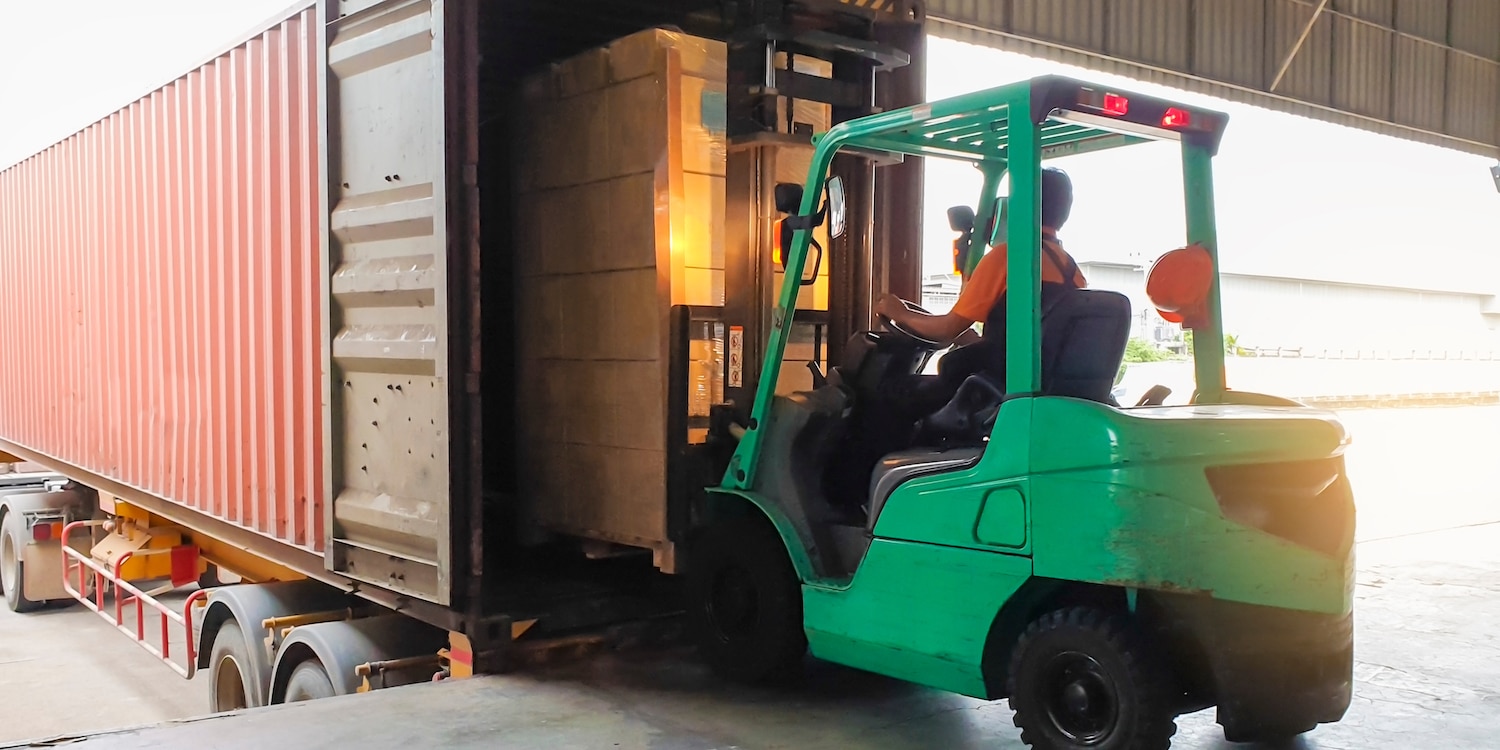Navigating the trucking industry can be a thrilling adventure for aspiring drivers. One of the first distinctions you might come across is the difference between interstate and intrastate trucking. While they sound quite similar, understanding the distinction can be vital for your career and compliance with transportation regulations.
Defining Interstate vs Intrastate Trucking
Interstate trucking refers to hauling cargo or freight across state lines. It doesn’t necessarily mean you drive from one state to another directly; even if cargo comes from and is destined for another state, it counts as interstate.
Intrastate trucking is contained within the borders of a single state. The cargo doesn’t cross state lines from its origin to its destination.
Licensing and Regulations
To drive interstate, operators must possess a Commercial Driver’s License (CDL). The necessity of a CDL is determined by factors such as the Gross Vehicle Weight Rating (GVWR), the number of passengers carried, and towing capacity. You must be at least 21 years old to engage in interstate trucking with a CDL.
For intrastate trucking, a CDL is still required if you’re operating vehicles that meet or exceed certain GVWR, towing capacities, or if you’re transporting a specific number of passengers. While federal guidelines provide a baseline, each state has the autonomy to adjust these parameters. Therefore, while federal law mandates a minimum age of 21 for interstate trucking, many states allow individuals as young as 18 to obtain a CDL for intrastate trucking.
Interstate and intrastate drivers are both responsible for following a variety of safety regulations.
Operational Scope and Job Opportunities
Given the broader scope of operation, interstate truckers often have access to a larger pool of job opportunities, including long-haul routes. However, this could mean spending extended periods away from home.
Intrastate drivers might have limited job opportunities compared to their interstate counterparts, but they usually spend less time on the road, offering a better work-life balance.
Insurance and Liabilities
Operating across states can lead to higher insurance premiums given the increased risks associated with longer distances, varying road conditions, and different state regulations.
Typically, intrastate drivers experience lower insurance premiums, but they should be well-versed in their state-specific regulations to avoid potential liabilities.
Economic Impact and Market Demand
Interstate commerce plays a significant role in the national economy. The demand for interstate truckers is generally consistent, driven by the need to transport goods across the nation.
The demand for intrastate truckers might fluctuate based on the local economy and seasonal needs. For instance, a state with a significant agricultural output might see a spike in demand for truckers during the harvest season.
Becoming A Truck Driver
Interstate and intrastate trucking each offer unique opportunities and challenges. For aspiring truckers looking to travel far and wide, interstate routes might be more appealing. On the other hand, those who prefer to stay closer to home and are comfortable navigating state-specific regulations might find intrastate trucking more suited to their needs. Intrastate trucking may also allow you to get started sooner, depending on demand in your area.
Regardless of your choice, our trucking school is committed to equipping you with the knowledge and skills you need to thrive in this dynamic industry.















